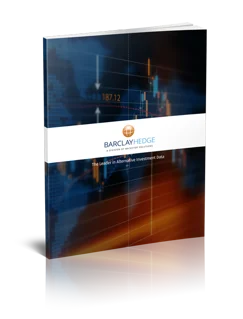Who do we serve?
Fund Databases
Extensive, reliable, and insightful data across dozens of unique fund strategies.
Learn MorePerformance Indices
Comprehensive, trusted, and industry-leading indices across 50+ hedge fund, CTA, UCITS, FX, and commodities benchmarks.
Learn MoreFund Rankings & Analytics
Authoritative, data-driven rankings across 48 hedge fund and 16 CTA categories—exclusively for BarclayHedge members.
Learn MoreReports & Market Insights
Exclusive, data-driven reports covering fund flows, performance benchmarks, peer comparisons, and industry trends for informed decision-making.
Learn Moreprev
next

Leading Indices
Explore 50+ comprehensive and trusted benchmarks, setting the industry standard across Hedge Funds, CTAs, UCITS, FX, and Commodities.
BarclayHedge: The Leader in Alternative Investment Data









